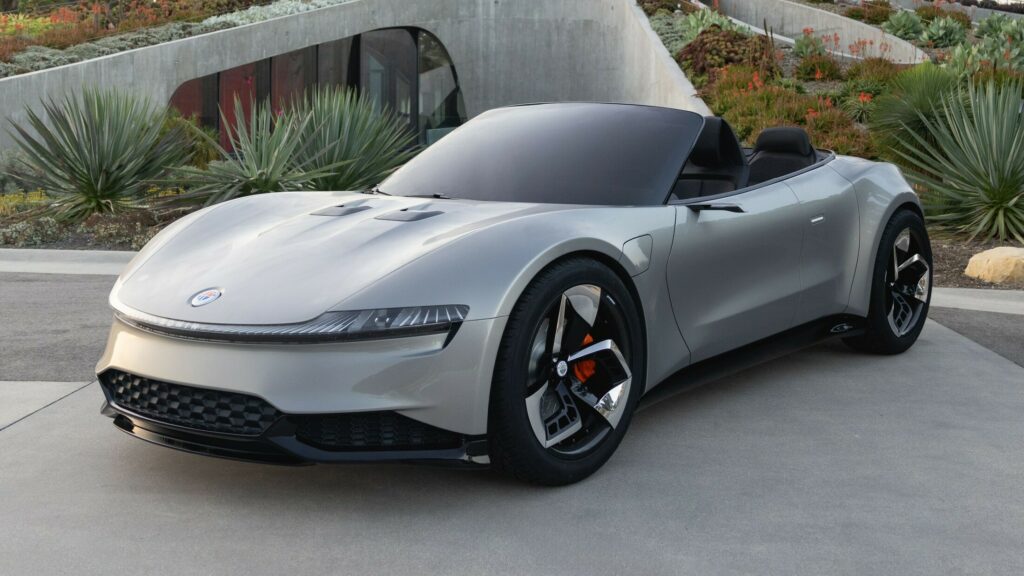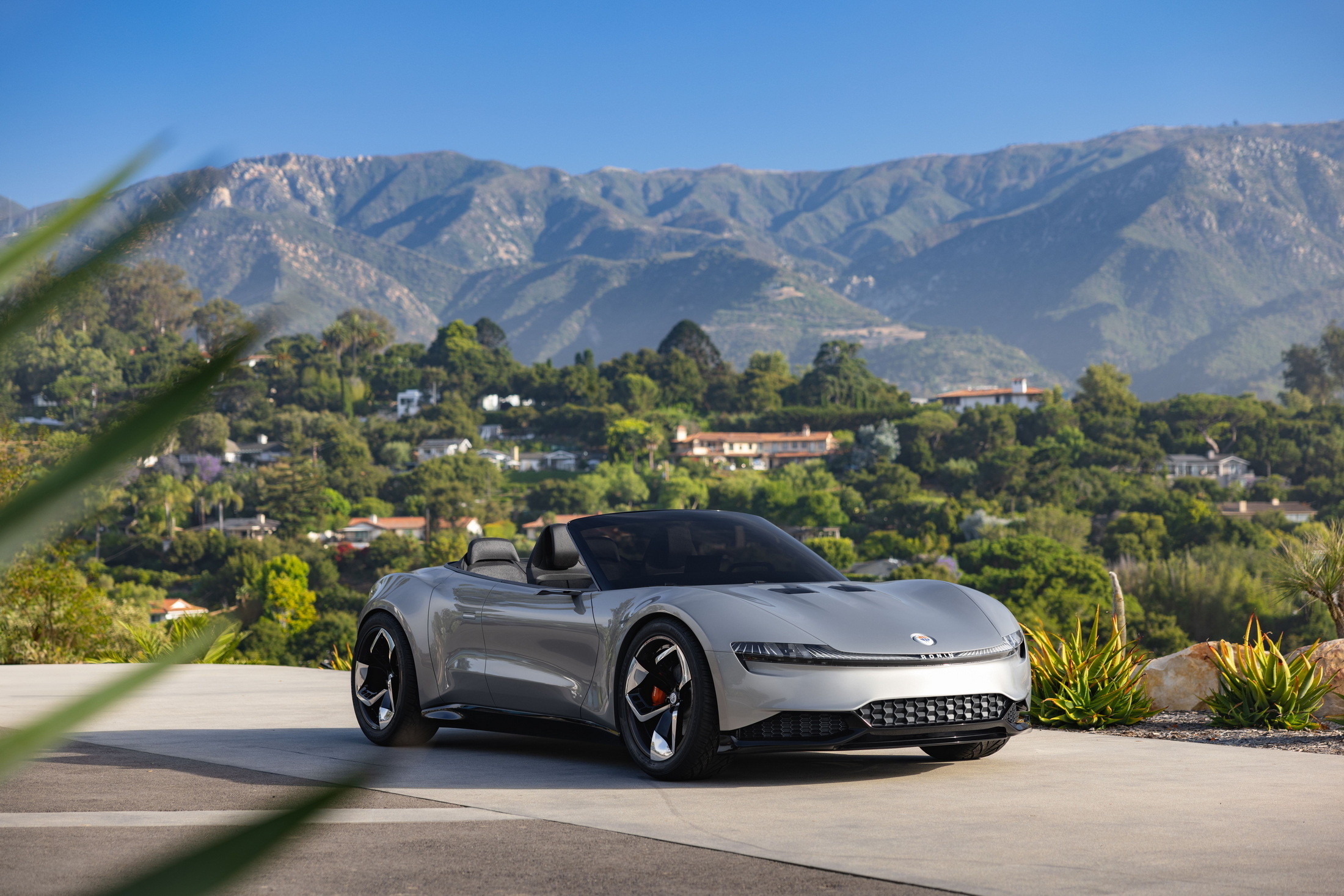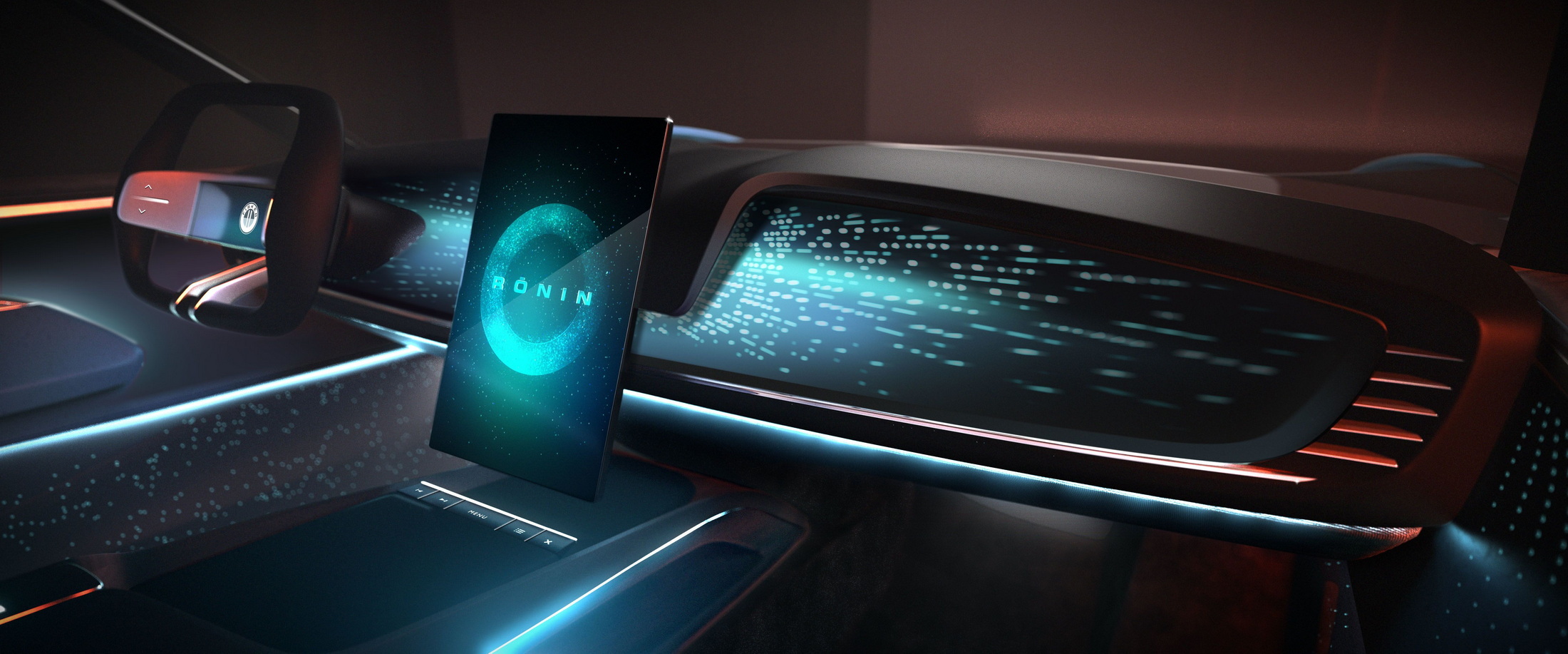A few days after revealing the Ronin at the Product Vision Day event in California, Fisker announced more details about the EV which is expected to enter production in the second half of 2025. The unconventional “super GT convertible” will serve as a halo model for the brand, combining supercar levels of performance with an extended range.
Fisker published a gallery of photos showing the sculpted bodywork of the Ronin from more angles. With its folding hardtop retracted, the model brings to mind the Ferrari Roma Spider, although it has a longer body with four doors. On the other hand, when the roof is up, it looks more like the offspring of a sportscar with a sedan, sending Mazda RX-8 vibes although with a more exotic stance. The lightweight 23-inch wheels are made of carbon fiber, as with the folding hardtop.
More: Fisker Unveils Ronin GT, Pear Crossover, Alaska Pickup, And Ocean SUV With Offroad Package
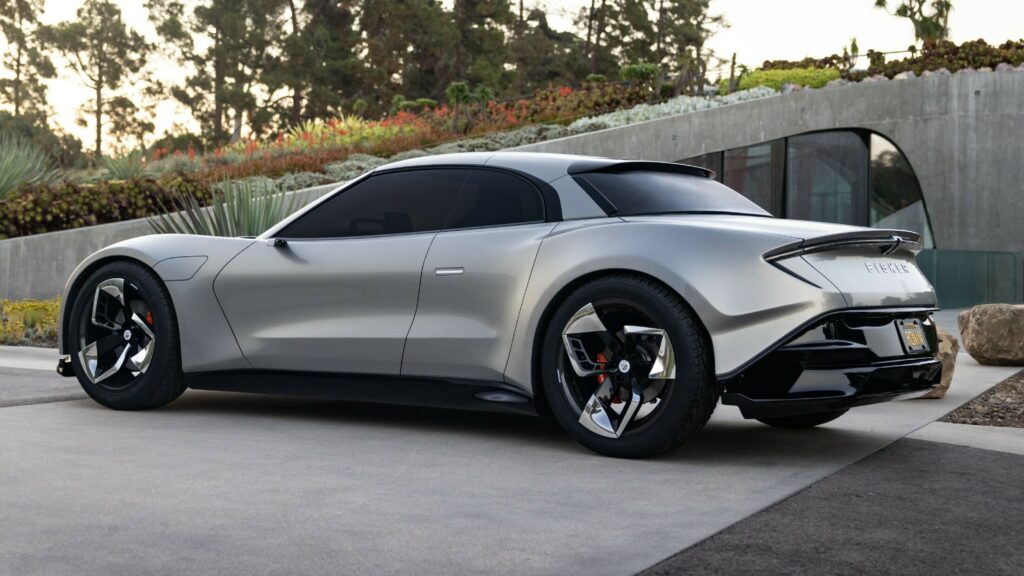
The electric supercar will be based on a unique aluminum space frame chassis, integrating the battery cells. The battery capacity hasn’t been disclosed but the targeted range is 600 miles (966 km). Fisker didn’t detail the electric powertrain but promised a combined output of over 1,000 hp (745 kW / 1,014 PS), allowing a 0-60 mph (0-97 km/h) acceleration in “approximately 2 seconds” and a top speed of 170 mph (275 km/h). According to the company, the “focus will be on driver enjoyment rather than autonomous technologies” although the latter “will be available as needed”.
Henrik Fisker, Chairman and CEO of the company, said that their goal with the Ronin was to create a “classic grand touring car, updated for the 21st century and engineered for customers who want to drive from Los Angeles to Napa Valley on a single charge or take on the autobahn at steady high speeds without concern for battery capacity.”
In an SUV-saturated market, Fisker chooses a low-slung supercar as its halo model, promising a five-seater cabin and “exceptional” cargo capacity in the front and rear trunks. Access to the rear seats will be made easier thanks to the rear butterfly doors, while the front doors open electrically. Furthermore, all doors and the foldable carbon-fiber hardtop can be operated remotely via a smartphone.
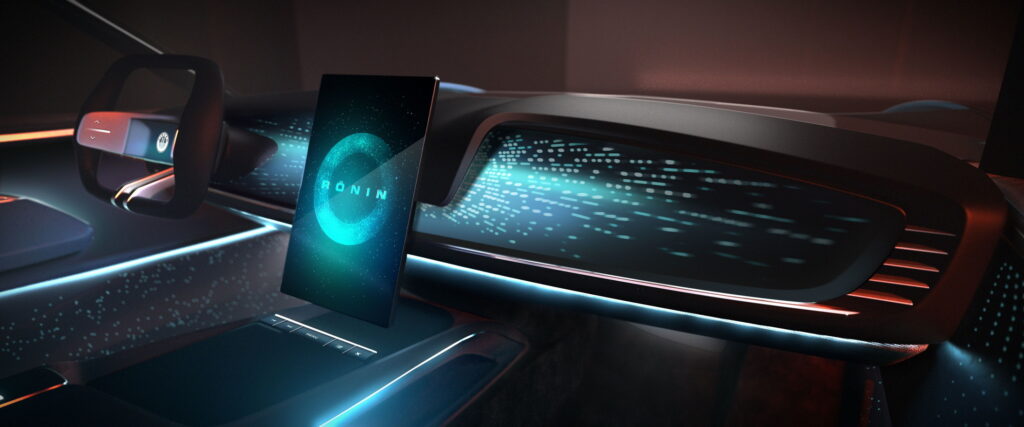
Unfortunately, the press material only included a couple of renderings for the interior, highlighting the 17.1-inch infotainment display, the illuminated dashboard, and the yoke steering wheel with an integrated digital instrument cluster and simple controls. There will be extensive use of recycled and sustainable materials inside the cabin, allegedly making the Ronin “the world’s most sustainable supercar”.
Fisker announced a limited production run of 999 units for the Ronin starting in the second half of 2025, with a price tag of $385,000. The company is already taking reservations via its official website, asking for a $2,000 deposit for the first order and a fully refundable $1,000 for an additional one. Would you choose Fisker’s flagship against the much-anticipated Tesla Roadster?




